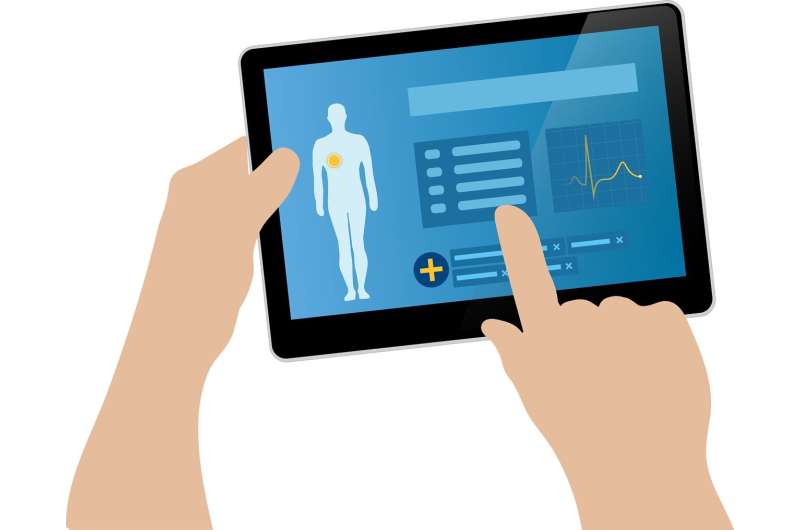Credit: Pixabay/CC0 Public Domain
Poorest communities around the world could suffer from worsening health as mobile phones become more relied upon for access to healthcare.
In a new study published in World Development, a team from Warwick University and the University of Reading have looked directly at how mobile phones can support access to healthcare in low and middle-income countries, but at the risk that the poorest are deprived of support.
The researchers highlight how "digital inequalities" and how technological change can lead to worse outcomes for those left behind. Following surveys with more than 2,000 rural people in Thailand and Laos, the team caution that over-enthusiastic medical interventions that aim to promote health through mobile phones may exclude the poorest people in low and middle-income countries.
Dr. Giacomo Zanello, an Associate Professor at the University of Reading said:
"Paradoxically, it is the poorest who at the same time benefit most and are most likely to be excluded from mobile phones. This is a real problem. We know from sociological studies that mobile phones can weaken local communities. If they also make healthcare access more individualistic, then poor people who used to rely on traditional local support structures will be left stranded during emergencies."
Dr. Marco Haenssgen from Warwick University, who led the study said:
"We need to change the medical narrative and stop pretending that mobile phones will automatically make healthcare more inclusive. They certainly have the potential to be vehicles for helpful interventions, but we also need to understand and appreciate the ways in which they consistently create new divisions, especially among poor people in low- and middle-income countries—who are often the primary target group of such health interventions."
The study found that:
- People in both regions often suffered from non-monetary poverty. Despite widespread poverty, mobile phones were commonly owned—by 97% of households in Thailand and 75% of households in Laos.
- Phones increasingly integrate into people's health behaviors and fulfill similar functions as the direct support from family and friends during an illness. Social support remained more common, however: two-thirds of patients in rural areas involved other people during their illness, only one-quarter (Thailand) and one-sixth (Laos) of patients used mobile phones when they were sick. Patients who used phones were significantly less likely to be poor.
- After excluding other factors that influence patients' healthcare access (e.g. age, gender, and how severe an illness is), the study showed that poor people benefit both from phones and from friends' support. Among the poorest parts of the population, phone users were 84% more likely to access public healthcare, and people receiving support from their families and friends were 105% more likely than poor villagers without such assistance.
Nutcha Charoenboon, a Ph.D. student at Bristol University said, "We could see on the ground how the fascinating range of mobile phone usage becomes almost a mirror image of the local context. In health systems with co-payments for treatment, phones are used to access credit; in livelihoods dominated by demanding farm work in irrigated rice fields, phones are left at home and become effectively a landline. Technological interventions, if and when they are necessary, need to accommodate these situations. Solutions developed out of context and without consideration of local realities therefore won't cut it—however much 'potential' they may have."
More information: Marco J. Haenssgen et al. You've got a friend in me: How social networks and mobile phones facilitate healthcare access among marginalized groups in rural Thailand and Lao PDR, World Development (2020). DOI: 10.1016/j.worlddev.2020.105156
Provided by University of Reading
























